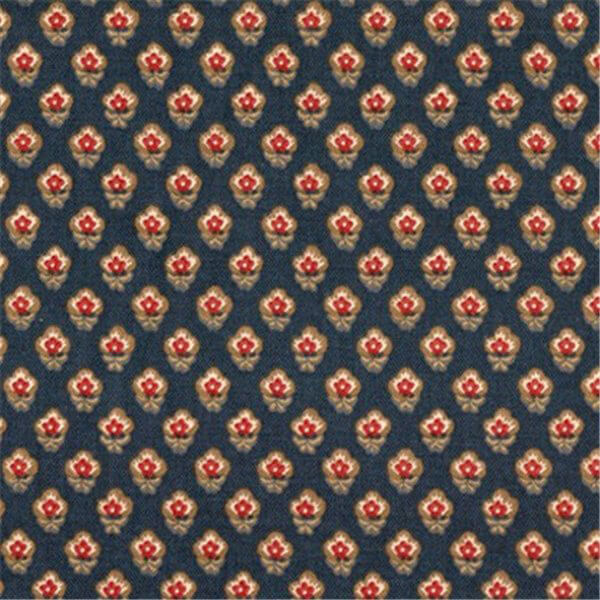Calico is a cotton fabric that originated in Calicut, India, during the 11th century.
The original calico fabric was printed with large floral patterns. This fabric was imported to England and continental Europe where its popularity upset the British wool trade and French textiles industry.
In 1700, British legislation, to protect the wool trade, ended the import of printed and dyed calico cloth, but a loophole allowed the import of unbleached, undyed, minimally processed cotton cloth, which came to be known to the British as calico.
The undyed fabric was then printed at mills in England with small floral prints on the unbleached cream-colored cotton. This printed cotton cloth was outrageously fashionable, and expensive, in Colonial America. In America the printed cloth became known as “calico” while we distinguished the unbleached unprinted cloth as “muslin”.
In the late 1700s, a printing process using copper rollers was invented. This was faster than traditional block printing. Later, after the development of American cotton mills, calico became an affordable everyday cloth popular for shirts, dresses, and window treatments.







